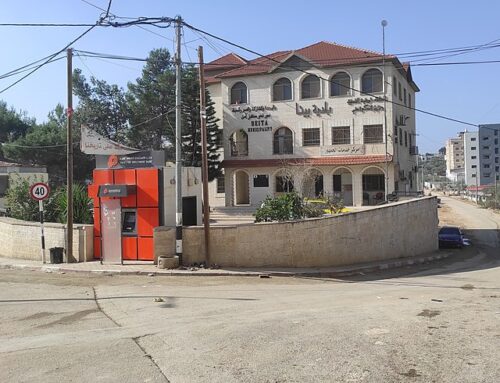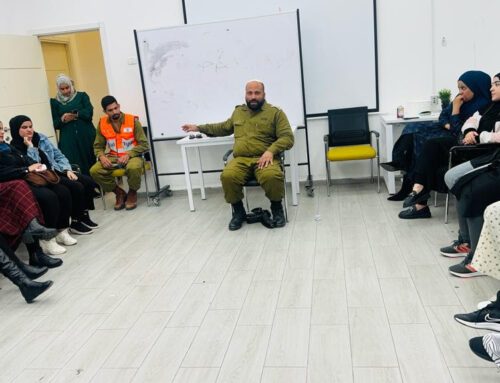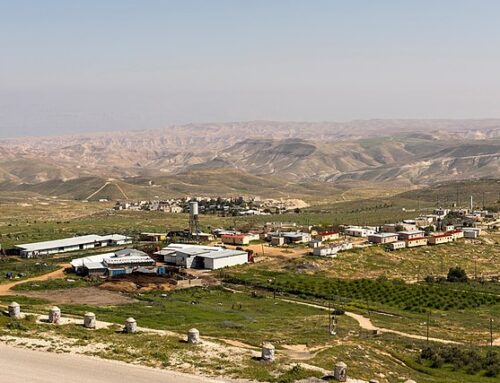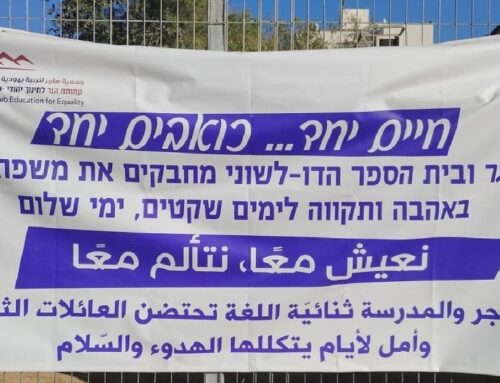Thomas G. Mitchell, Ph.D., an independent scholar, is a longtime contributor to our blog. This is a follow-up to his initial review essay, “New Book on Revisionist-Zionist Terrorists” (posted here on March 10) of “Anonymous Soldiers: The Struggle for Israel 1917-47″ by Bruce Hoffman (Alfred A. Knopf). Dr. Mitchell’s newest books are “Likud Leaders” (McFarland, 2015) and “Israel’s Security Men” (McFarland, 2015).
As a graduate student, I remember feeling disappointed after reading J. Bowyer Bell’s Terror Out of Zion because Bell never really defined what he meant by terrorism; he just assumed that the Irgun Zvai Leumi and Lehi were terrorist groups. Bruce Hoffman takes the same approach in his new book Anonymous Soldiers. Both are academic experts who specialize in terrorism and both have consulted for the U.S. government. Governments tend to define all non-conventional military opposition as terrorism.
Israeli-American historian Walter Lacqueur has defined terrorism as any insurgency in which the insurgents do not resort to conventional warfare against armed forces and their support structures. Mao Tse-Tung, the Chinese revolutionary leader and theoretician of “popular war,” had terrorism as the second stage, in between clandestine organization and guerrilla operations. So if the insurgents don’t make any move to go on to the third stage, it is assumed that they are terrorists.
Another approach that is more prevalent in academia today uses a legalistic or ethical definition. Terrorism is defined and distinguished from guerrilla warfare by its targets. Targetting legitimate military or infrastructure targets for a recognized belligerent characterizes guerrilla warfare. One is not permitted to attack ordinary civilians either as kidnap victims, or in bombings or shootings. But it is permissible to kill civilians in both counter-terrorism and guerrilla operations if they are not specifically targeted, and the foreseeable civilian casualties are proportionate to the value of the military target.
In the Zionist campaign in Palestine in 1944-’47 against the British, the most controversial action was the blowing up of the British military headquarters in the King David Hotel in July 1946. The target itself was permissible, as it was an administrative/military target. But since the fuses exploded prematurely due to the heat, there was not sufficient time to evacuate the building and 91 people were killed — mostly civilians. Irgun leader Menahem Begin blamed the British for not heeding the warnings that were phoned in. He should have blamed his operations chief, Gideon Paglin, for not anticipating that the warnings would go unheeded and using an excessive amount of explosives. But clearly the civilian casualties were not intended by Begin; this is the key difference between his operations and those of Palestinian groups in the 1970s and later.
The Lehi initially differed from the Irgun by specifically targeting key individuals: British government officials such as Lord Moyne in Cairo and High Commissioner Harold MacMichael in Jerusalem, as well as police detectives. At the time, this was considered terrorism because the object was to terrify government officials, but by today’s standards this is not terrorism. Terrorism is targeting ordinary civilians or low-level government employees who have nothing to do with formulating policy.
The other controversial action by Begin’s Irgun was the hanging of two British sergeants in retaliation for the British hanging of three members of his underground. While it is not permissible to execute prisoners unless convicted of war crimes, the British were treating the underground members as ordinary criminals. Begin was asserting his right to protect his men from execution for carrying out orders as part of the Revolt.
None of this is to argue that the Irgun and Lehi did not engage in terrorism. During the Arab Revolt of 1936-39 the Irgun resorted to terrorism as a counter-measure to Arab terrorism. They sought to prevent the Arabs from attacking Jewish civilians by attacking ordinary Arabs. Most of these Irgunists were the activists who followed Avraham Stern into Lehi in 1940. Later, at the end of 1947 and the early months of 1948, both the Irgun and Lehi used terrorism in areas where Arab terror groups were active.
Hoffman does address the issue of what he terms terrorism being responsible for driving out the British. Quoting British officials, he saw that the main reason for abandoning the Mandate was its demonstrated unworkability, rather than Irgun and Lehi terrorism as such. The Arabs were unwilling to accept partition and the Jews were unwilling to settle for less than an independent state.
Once this became clear, all human and material losses incurred to protect a failed policy were superfluous at a time when the costs of Empire were driving Britain bankrupt. Earlier that year, Britain had announced that it could no longer sustain the anti-Communist counter-insurgency effort in Greece, which led to the Truman Doctrine. And the month before Britain turned over the Palestine problem to the UN, it granted independence to India. The Irgun and the Lehi were the catalyst but not the reason behind Britain’s withdrawal.






Leave A Comment